Beaver damage concerns more landowners than damage caused by any other native wildlife species in Oklahoma. No pesticides, toxicants or fumigants are registered with the Environmental Protection Agency for beaver control. Trapping and shooting are the most effective lethal control techniques. Conibear traps are probably the most effective beaver traps. Beavers are primarily nocturnal so effective shooting generally must occur at night. Landowners and the general public cannot legally use conibear traps or shoot beavers at night in Oklahoma without attending a special course and obtaining a Nuisance Beaver Control Permit from the Oklahoma Department of Wildlife Conservation.
All beavers from an impoundment or a relatively small watershed can be temporarily eliminated with lethal control techniques, but beavers usually move back into the area. To be effective, lethal control methods should be combined with frequent periodic monitoring of beaver activity. One of the disadvantages of lethal control techniques is new beaver damage generally occurs before landowners realize beavers have returned.
Although beavers can negatively impact timber, ponds and drainages, they also have beneficial attributes. Beavers are natural components of local natural ecosystems. Their impoundments and cutting can add diversity and enhance habitats for many other species. Beavers can help suppress black willow, which tends to be a weedy pest around some ponds. We do not dislike beavers — we dislike their damage. If possible, we prefer to prevent beaver damage while coexisting with beavers. Nonlethal damage prevention techniques allow this.
We estimate we expended 40 to 80 hours annually for beaver damage control at Noble Research Institute’s Pasture Demonstration Facility (previously called Pasture Demonstration Farm) during 1981-86. This labor involved trapping beavers, shooting beavers, removing beaver-felled trees from fences, unplugging beaver-plugged overflow pipes, removing beaver dams from earthen spillways, monitoring beaver activity, and associated travel.
In 1986, we began investigating means to decrease our annual labor commitment to beaver damage control. We began implementing relatively permanent beaver damage prevention measures in an attempt to save money and labor while more effectively preventing dam age and allowing beaver populations to exist. We selected seven ponds and a drainage ditch at the Pasture Demonstration Facility to receive beaver exclusion devices.
Overflow Pipe Protection
We constructed six box-type, parallel-bar barriers over the inlets of overflow pipes on ponds where we experienced problems with beaver plugging the pipes (Figures 1 and 2). The parallel-bar barriers had 1-inch gaps between rods, which prevented beaver damage, were relatively maintenance free, and restricted adult fish movement through overflow pipes.
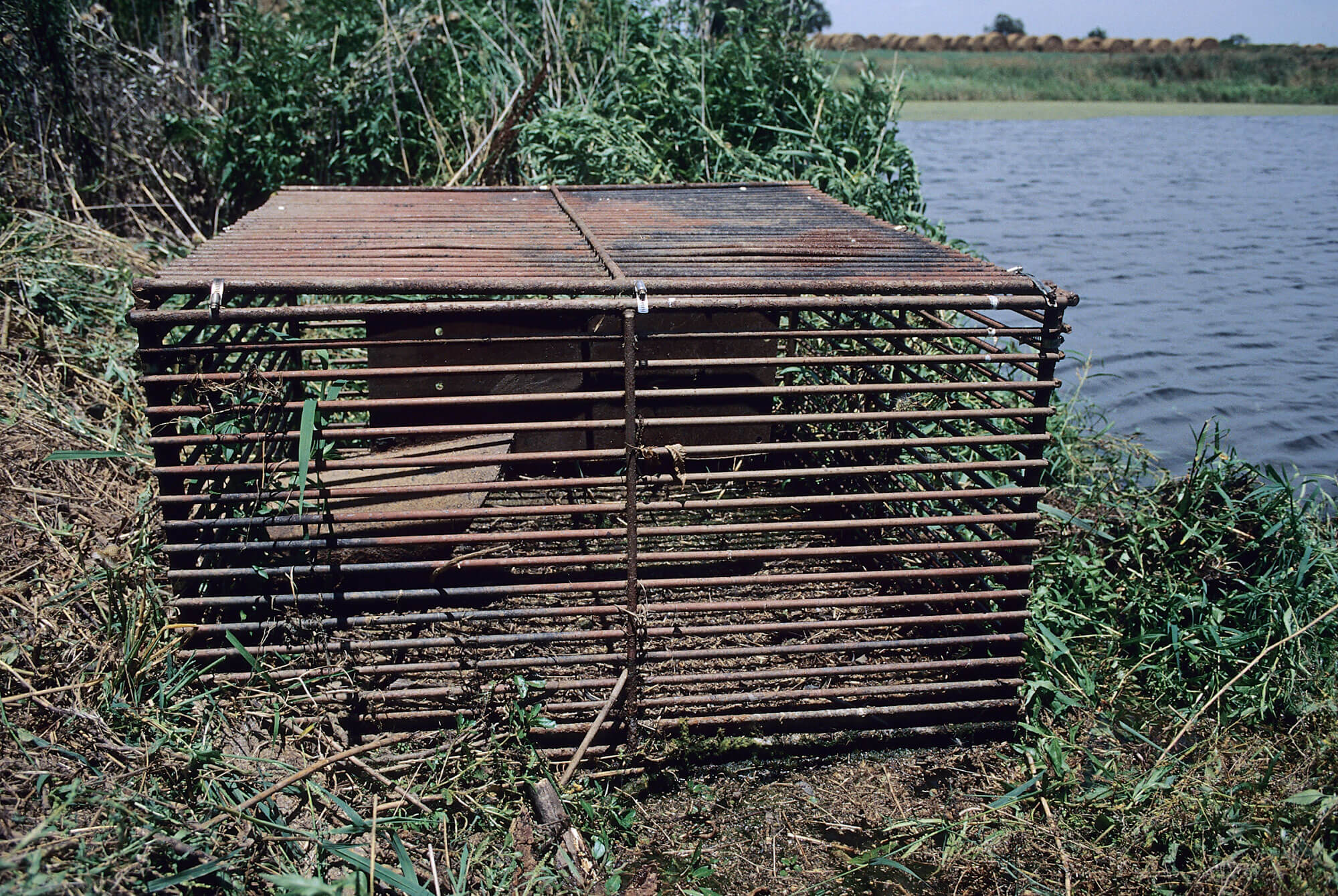
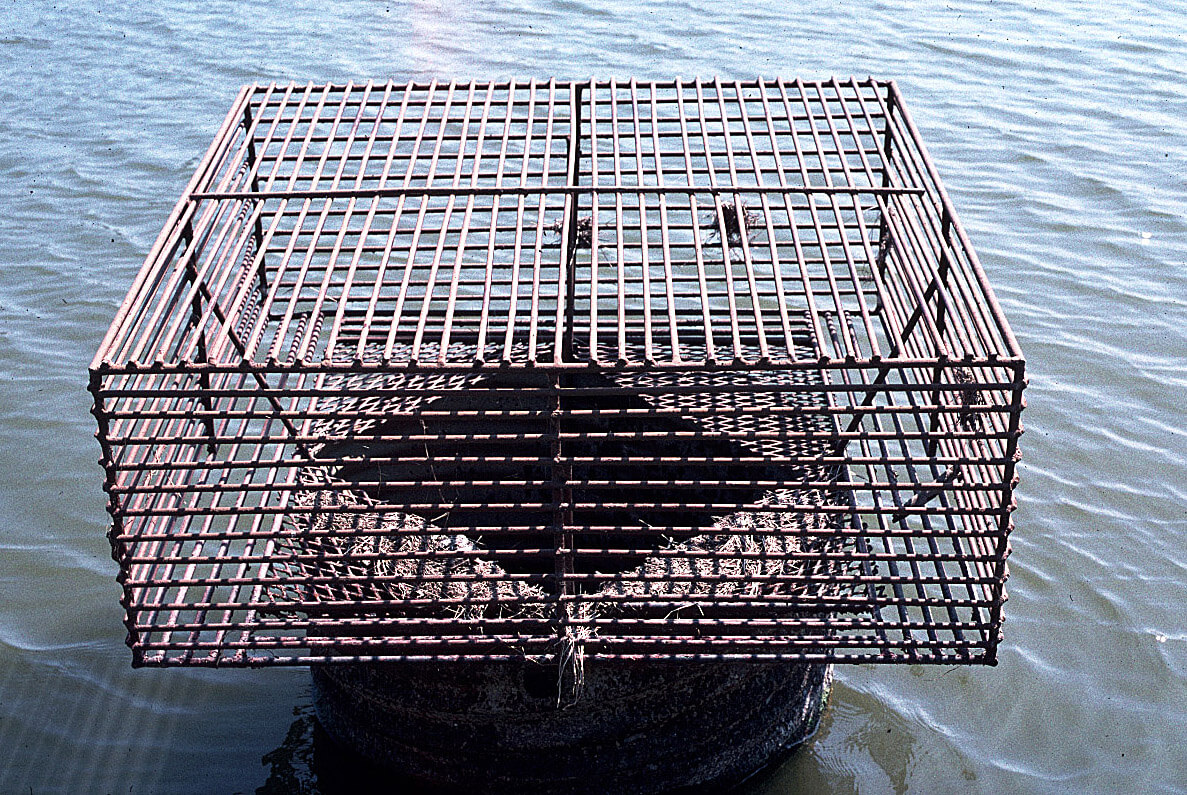
During the 20 years these barriers have been present, beavers restricted water flow through only one of the six overflow pipes protected with these barriers. Beavers built a dam around three sides of one barrier. After removing the beaver dam, we installed a perforated intake pipe on the bottom of the pond in front of the barrier (Figure 3). We plugged the lower end of the pipe with wood. This pipe was anchored to the bottom of the pond and inserted into the front of the barrier. Beavers did not attempt to construct a dam around the outside of the barrier, probably because they could not raise the water level with the perforated intake pipe carrying water into the barrier.
Tree Protection
We protected 317 trees with 268 exclosures (Figures 4 and 5) around seven ponds and a drainage. We constructed some beaver exclosures around trees each year during 1986 through 1996. We placed beaver exclosures around trees that were located from 0 to 168 feet from the water’s edge, with an average distance of 35 feet. We used five types of wire for beaver exclosures. Exclosure heights varied from 28 to 32 inches, and diameters ranged from 13 to 106 inches, with an average diameter of 43 inches. Tops of the exclosures were usually separated at least 12 inches from tree trunks, allowing trees room to grow. We drove an average of five steel rods along most exclosures to pro vide support and anchor exclosures. We used more rods to provide extra support on large exclosures, exclosures on uneven ground, and exclosures exposed to cattle.
We examined trees and shrubs more than 4 feet high for beaver damage during July and August 1997. At each site, we examined unprotected trees and shrubs out to the distance of the beaver exclosure farthest from the water’s edge. At one pond where all exclosures were located at water’s edge, we examined trees and shrubs within 24 feet of the water’s edge. We examined a total of 2,079 trees and shrubs outside the exclosures.
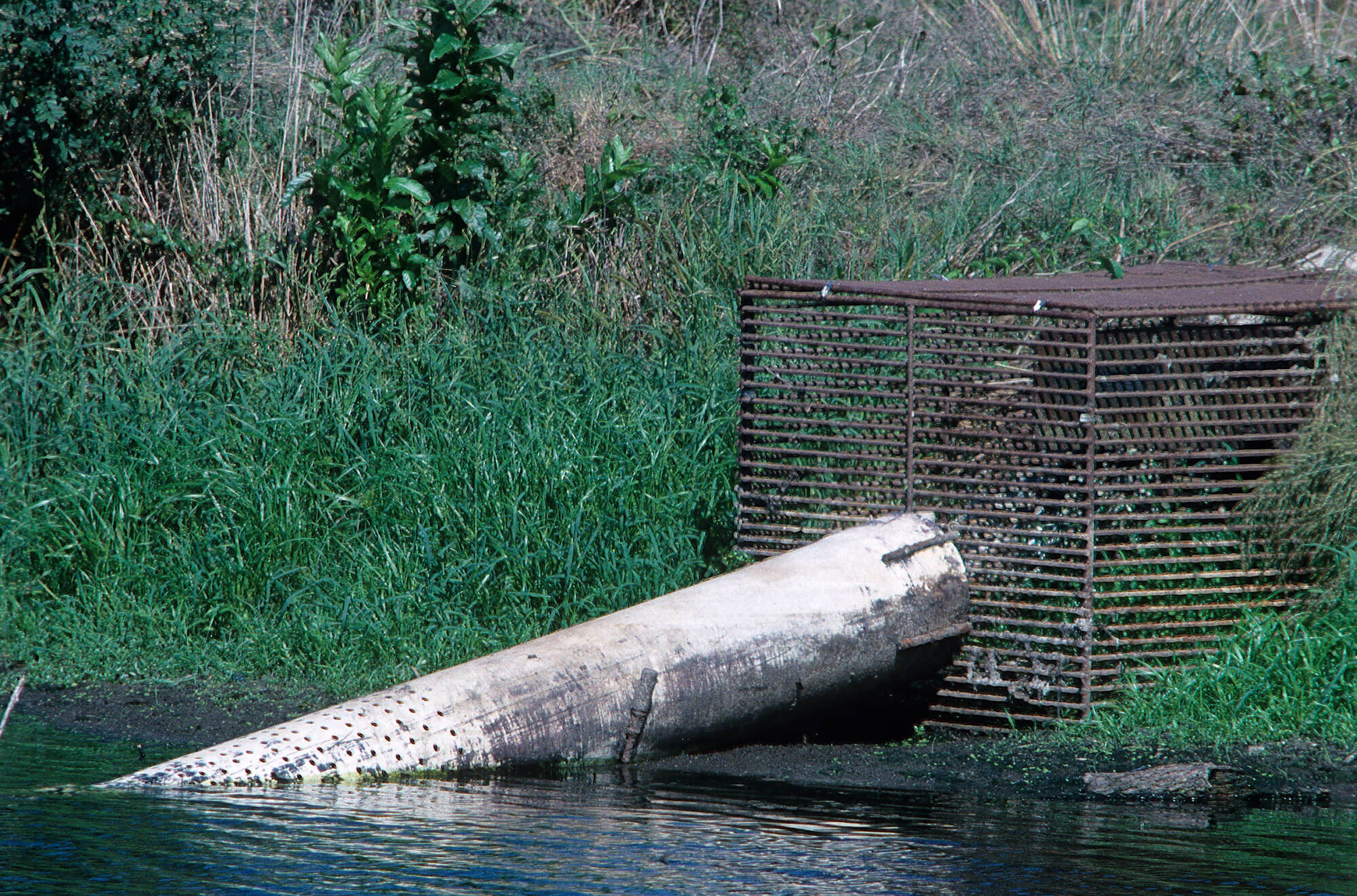
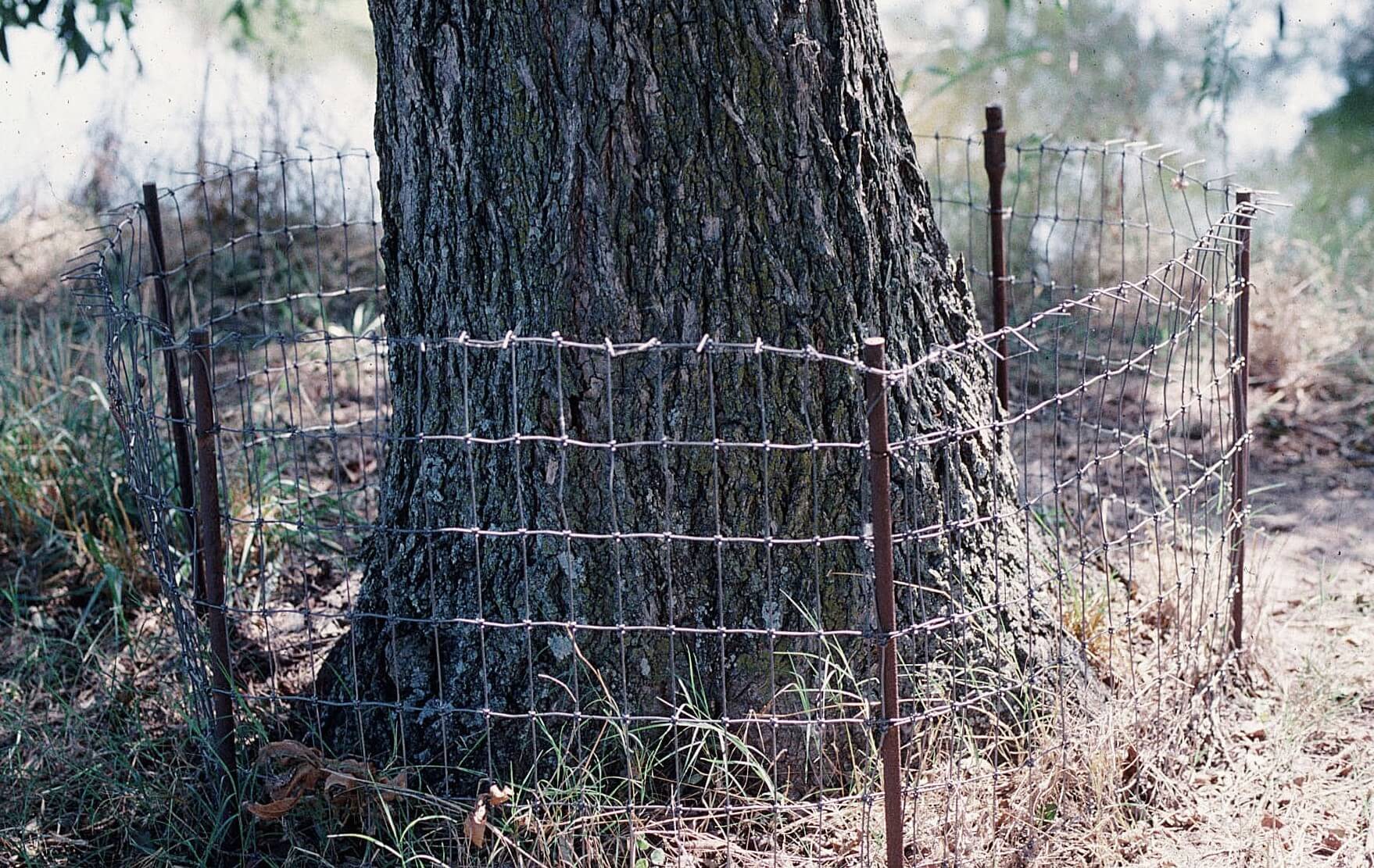
Exclosures adequately prevented beaver damage, and when fenced from cattle, were still functional in 2008. Rubbing and trampling by cattle usually destroyed ex-closures built with welded wire. We
replaced welded wire exclosures with 2-inch x 4-inch woven wire (Figures 4 and 5) wherever cattle
destroyed them because woven wire exclosures better withstood cattle damage.
We saw no beaver damage on protected trees away from the water’s edge. Eight of 317 protected trees were gnawed, but not killed by beavers during the 22-year period that exclosures have been in use. All eight trees gnawed by beaver were bald cypress planted at the water’s edge. Beavers cut some lower limbs of two trees outside of the exclosures, but did not harm the main stems. Beaver cut some roots of four trees outside the exclosures by trenching along the exclosures, but did not harm the stems.
Beavers gained access inside two exclosures by trenching under them, where they cut the main stems. Beaver cutting the roots and main stems on five of the eight damaged bald cypress trees occurred several years ago during the beginning of the project. We recognized that beaver used the wet soil at water’s edge to facilitate their trenching activity. To prevent additional damage, we placed two to three rows of 6- to 12-inch rock around the bases of exclosures that were located at the water’s edge (Figure 5). Fifty-four exclosures received such rock. No additional trenching under the wire exclosures occurred after placement of the rock.
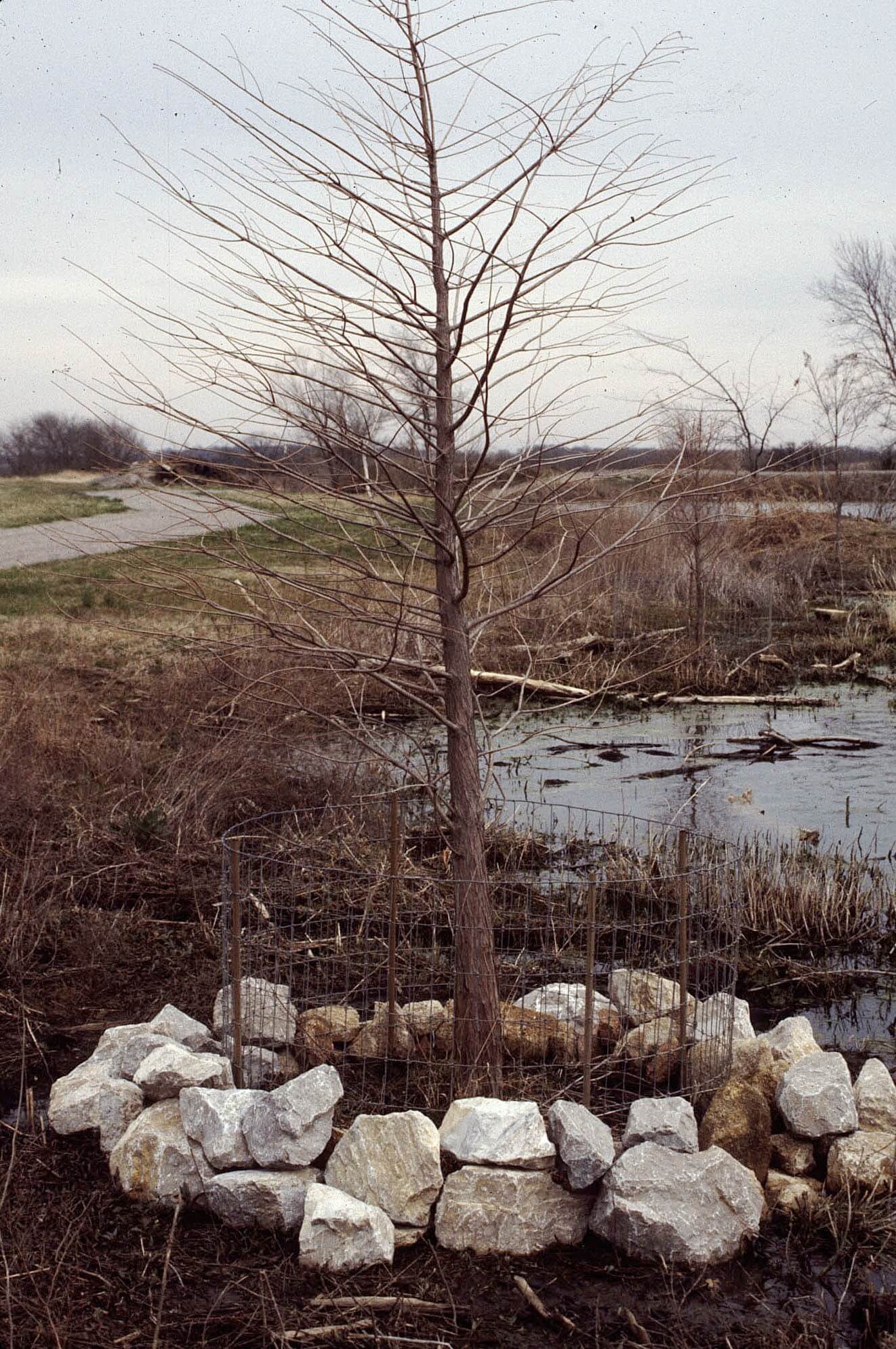
At the eight sites with exclosures, visible beaver damage to unprotected trees and shrubs varied from 4 to 60 percent, with an average of 39 percent. These measurements of beaver damage probably underestimated the actual damage. Some beaver damage occurred every year of the project, so most of it occurred prior to the damage evaluation in 1997 and was difficult to find.
Using 1997 prices, material costs to build the wire exclosures in this project ranged from $1.40 to $43.68. For the average exclosure used in this project (new 2-inch x 4-inch woven wire, diameter of 43 inches, and 5 rods), 1997 material costs were $8.93. Construction of a typical exclosure generally required 30 to 60 minutes of labor including travel, accumulation of materials and tools, cutting of materials, and installation. Exclosures on steeply sloping ground and those requiring rock generally required more labor.
Conclusions
Exclosures provide an effective means to prevent beavers from plugging pond overflow pipes and
cutting individual trees. Overall, beaver gnawing was seen on only 3 percent of the trees protected
with exclosures, while at least 39 percent of the trees and shrubs outside exclosures were damaged.
Most of the damage to trees with exclosures could have been prevented by placing two to three rows of rock around exclosures located at water’s edge.
The material and labor expenses to build all the exclosures at the Pasture Demonstration Facility were less than 11 years of labor expense to control beaver and repair their damage, not considering the value of trees that were damaged while using lethal techniques. The exclosures continue to effectively prevent beaver damage with almost no additional labor and material expense 22 years later.
Properly constructed, exclosures should last at least 30 to 40 years with minimal maintenance. These exclosures require significant initial investments of time and money, but in most situations provide better protection and lower cost over the long-term than trapping, shooting and damage cleanup.



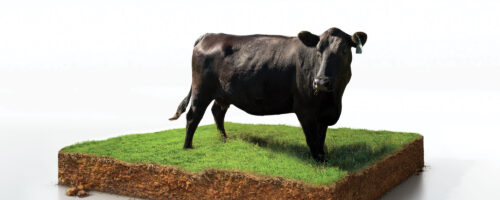
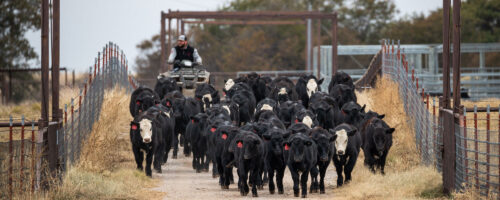
Comment